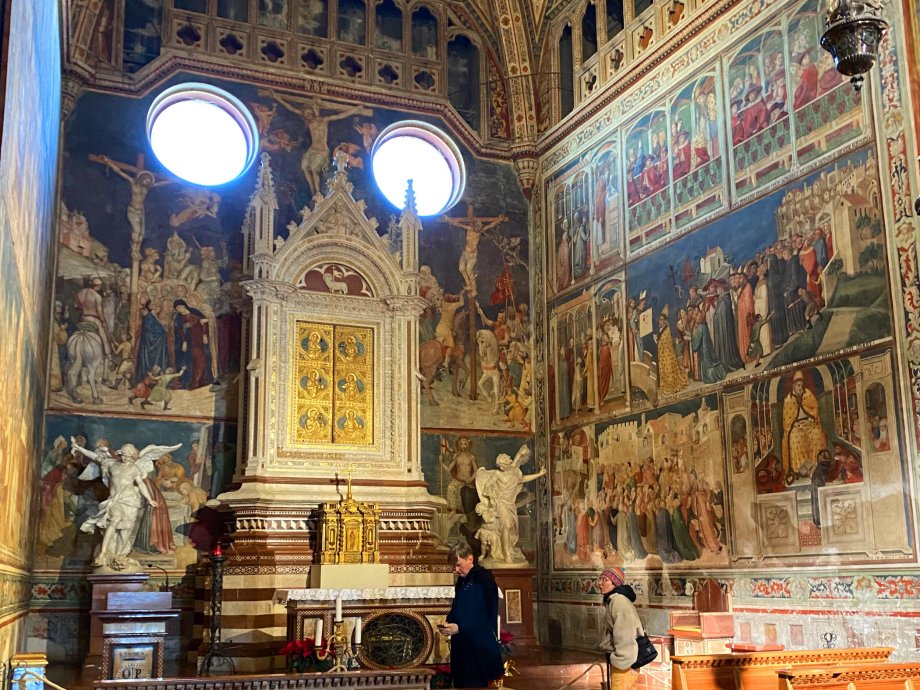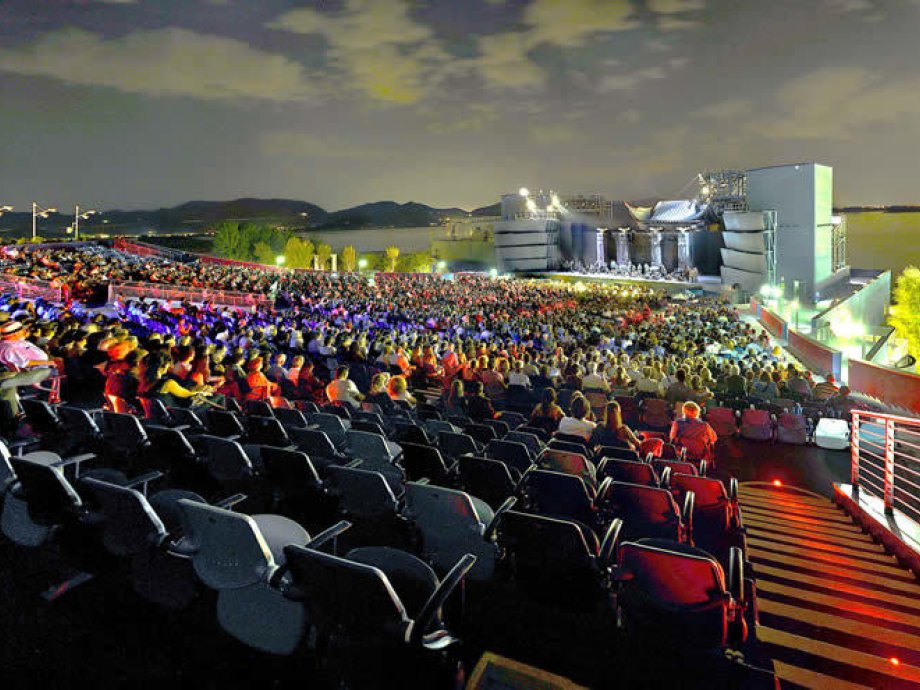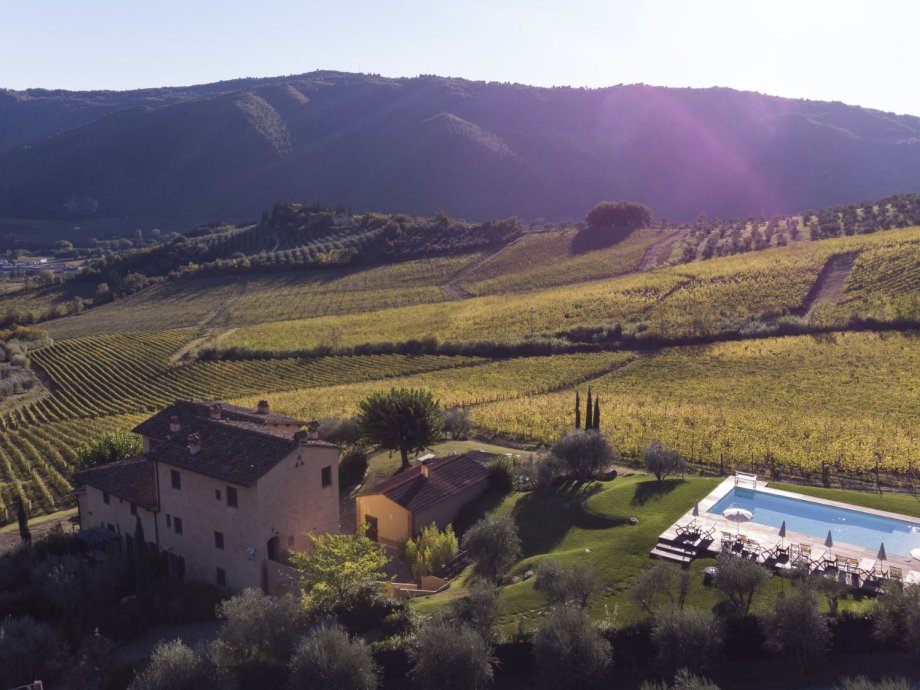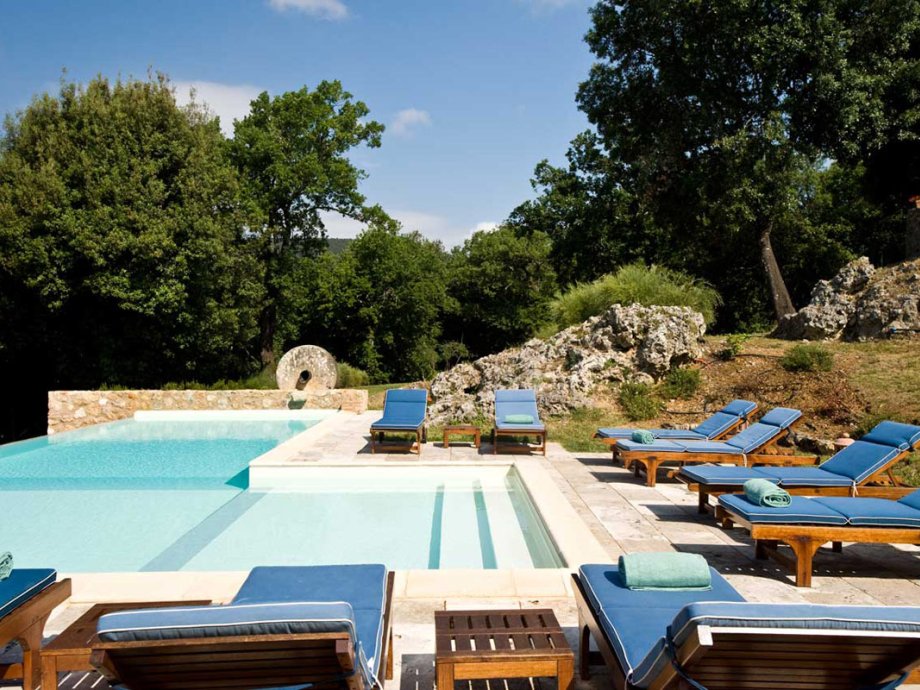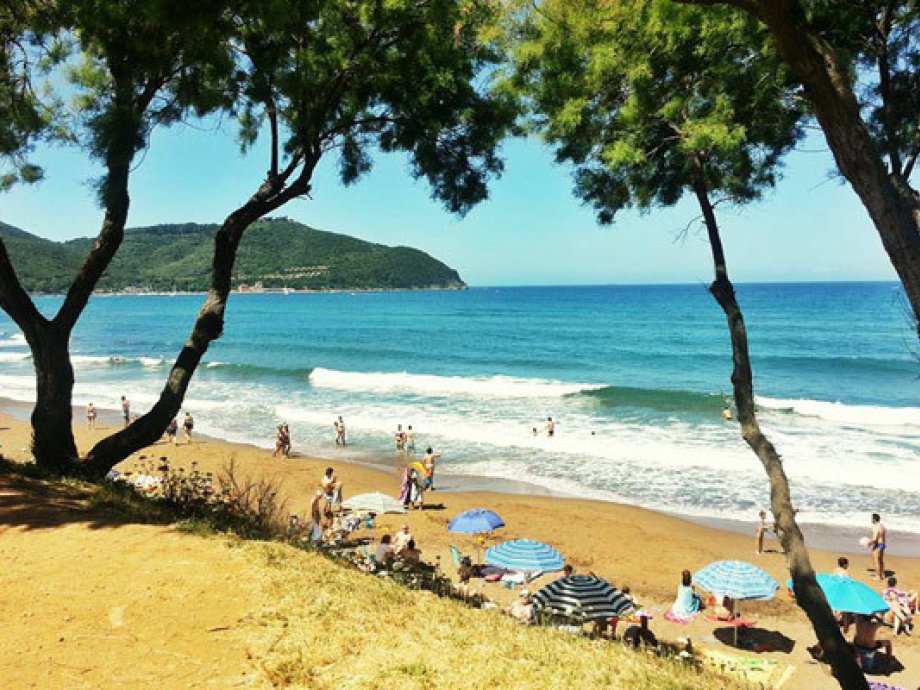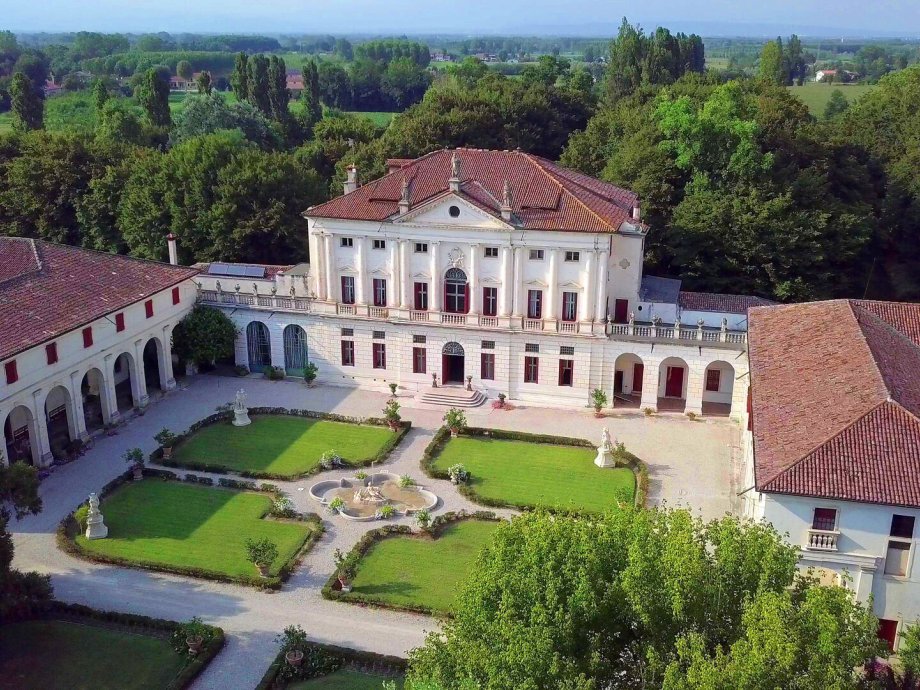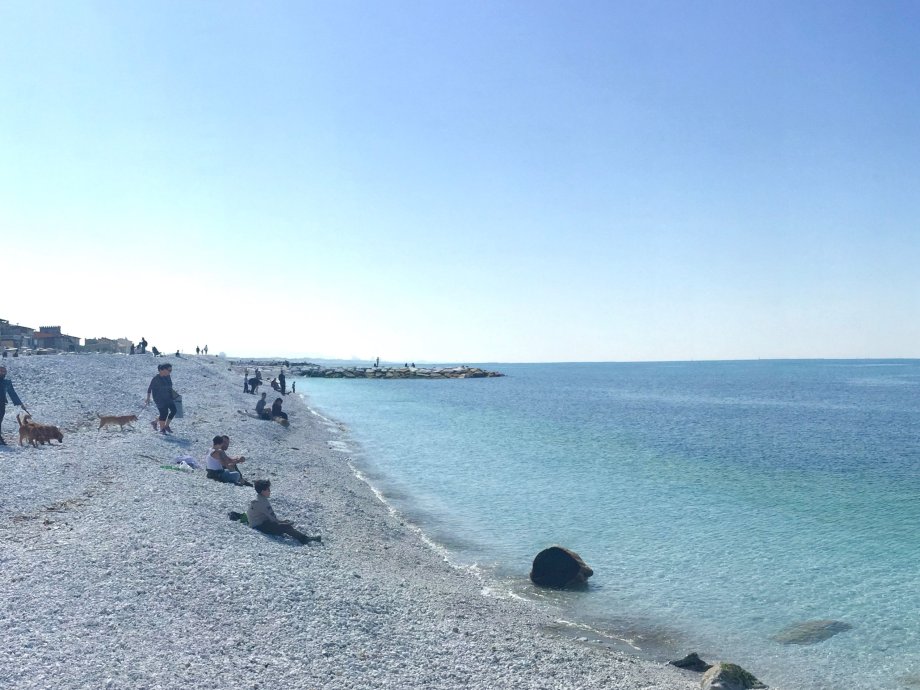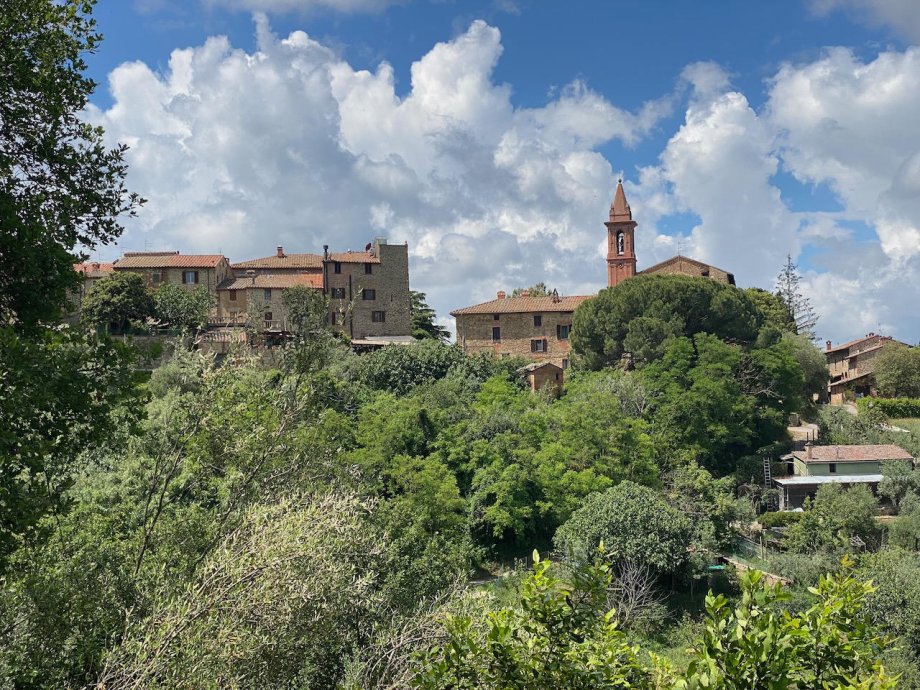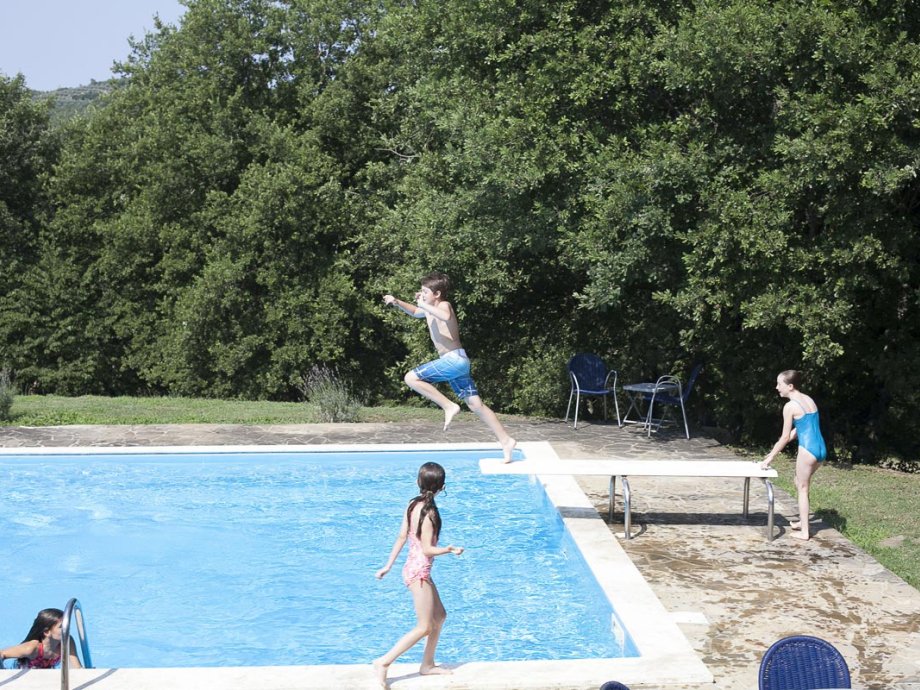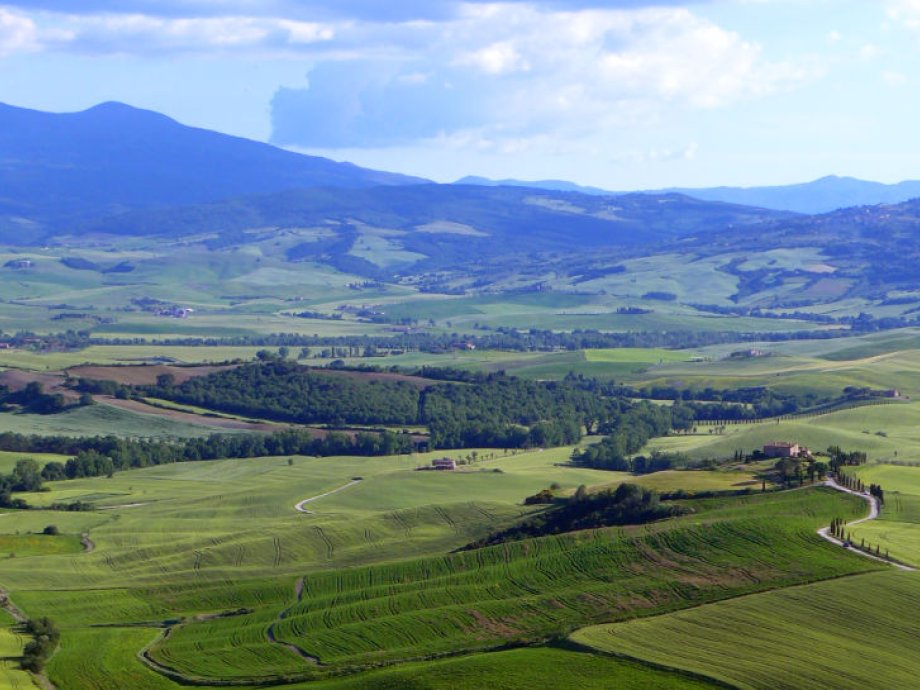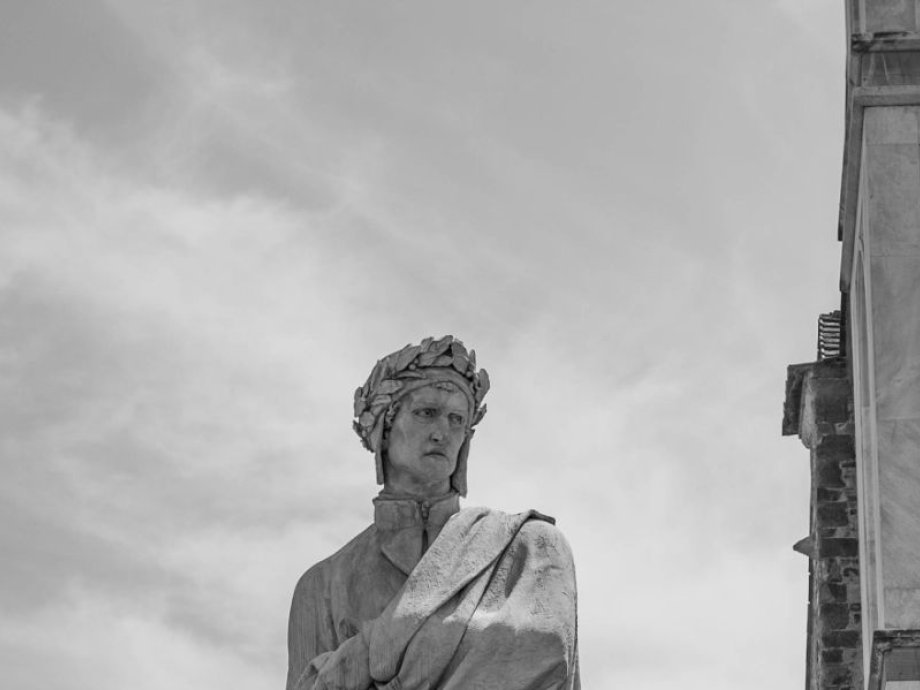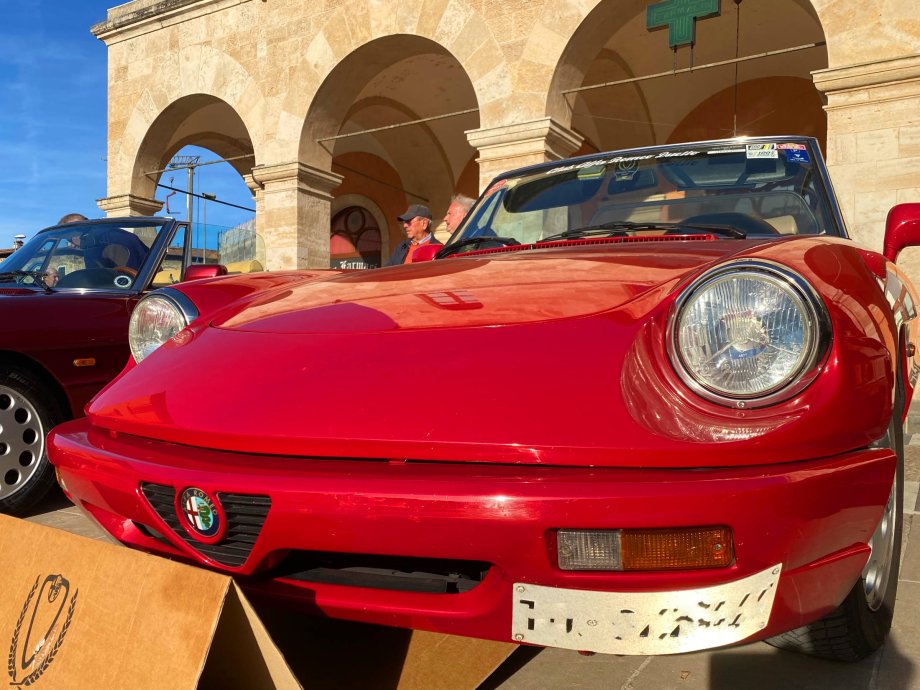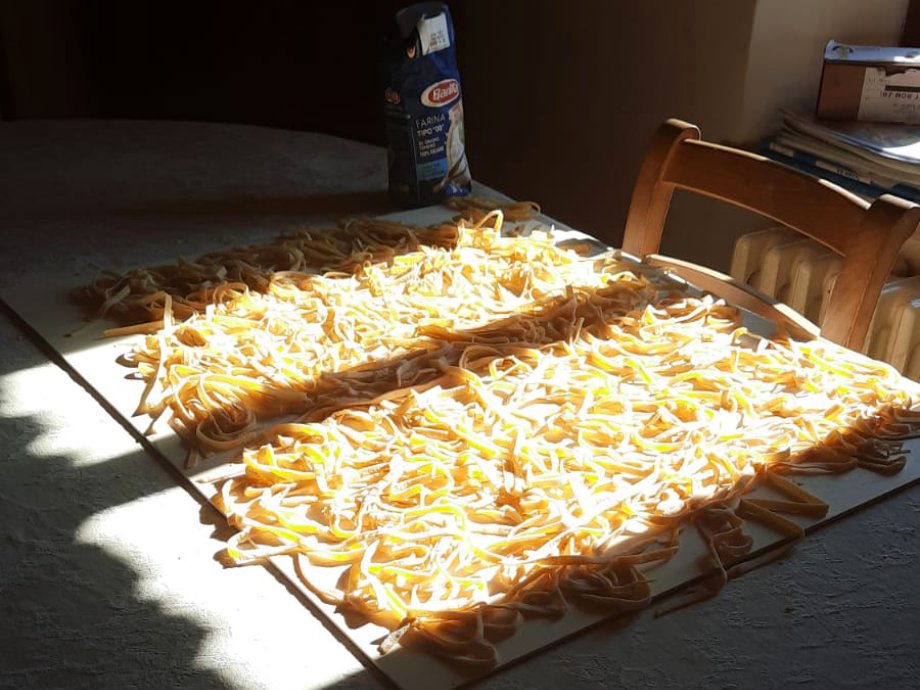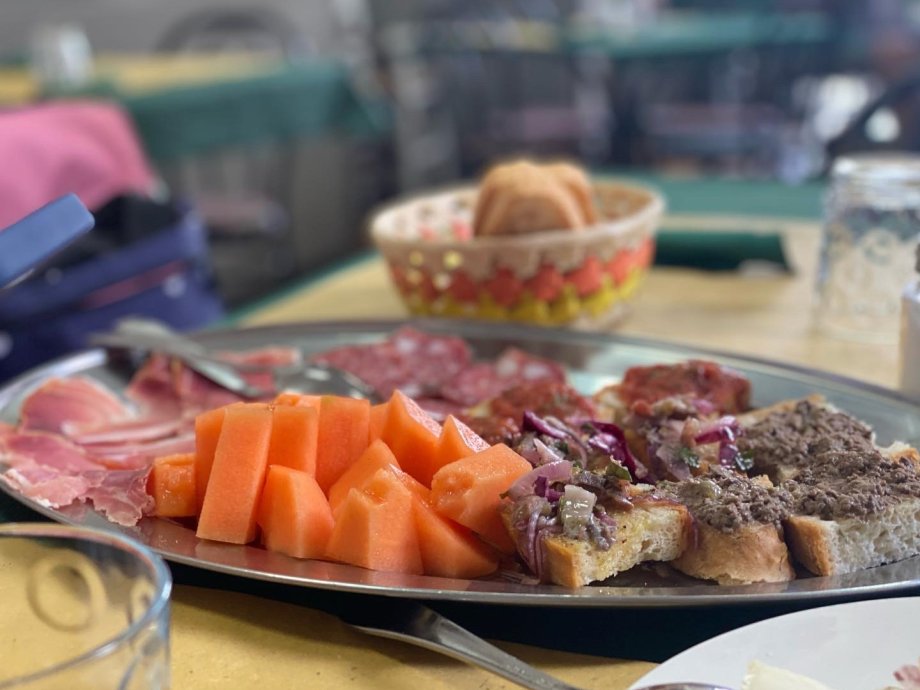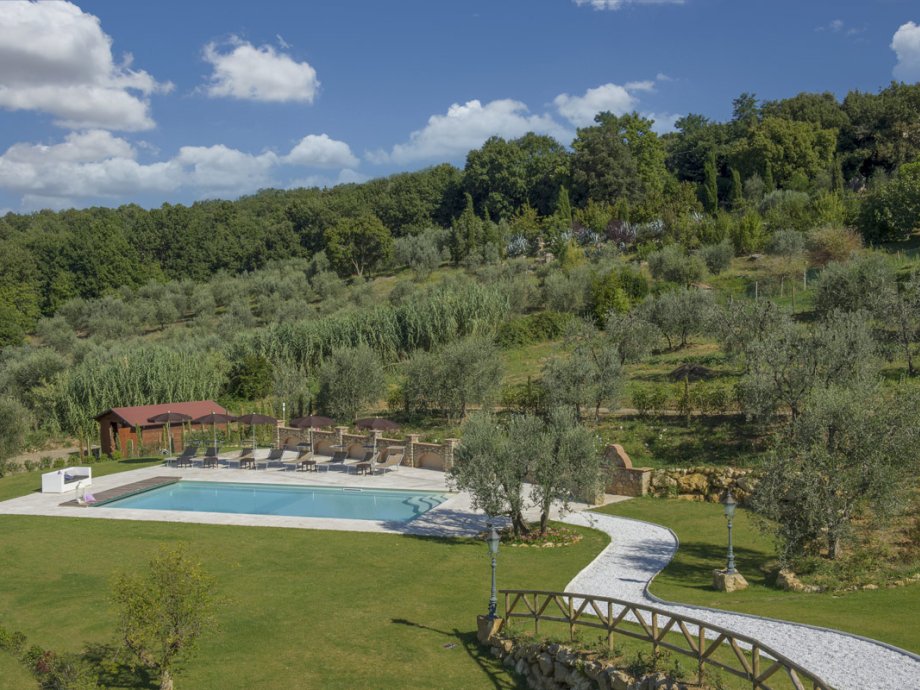Italy and France present a dazzling array of places to visit and things to do - but it's good to have some inside information to find out exactly what they are.
In these pages you'll find a wealth of articles on how to have a wonderful time no matter where you book your villa - including some very special local secrets.
From countryside hideaways to accommodation in hilltop towns and medieval villas - here you'll find all the inspiration you need for your next holiday in Italy or France.

